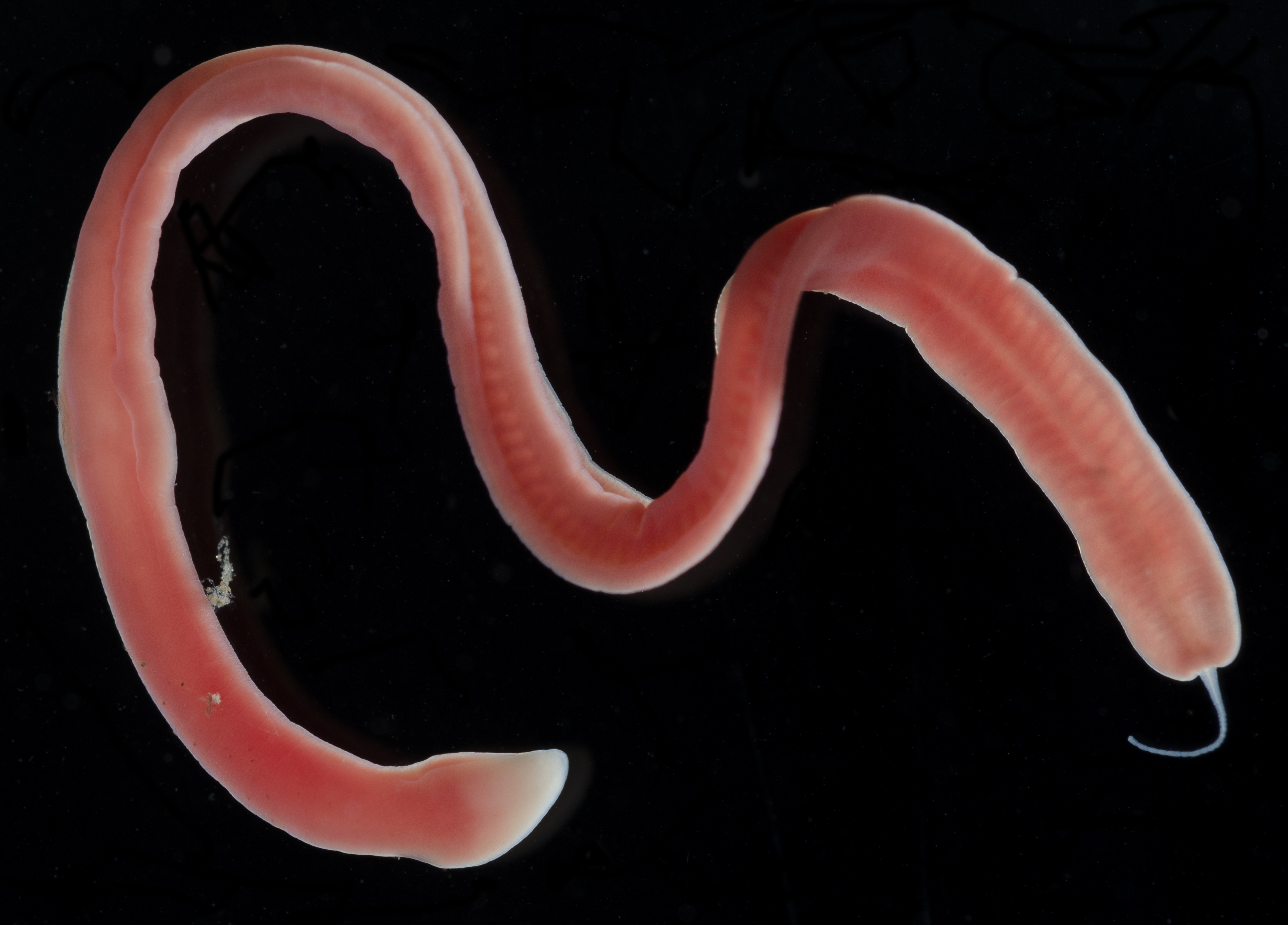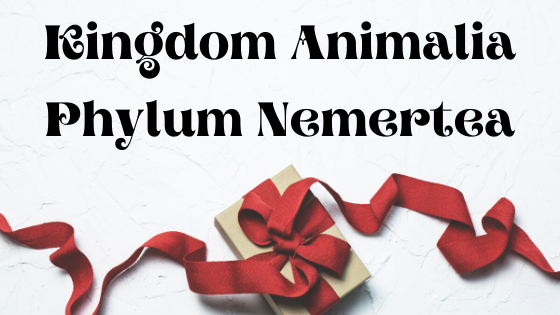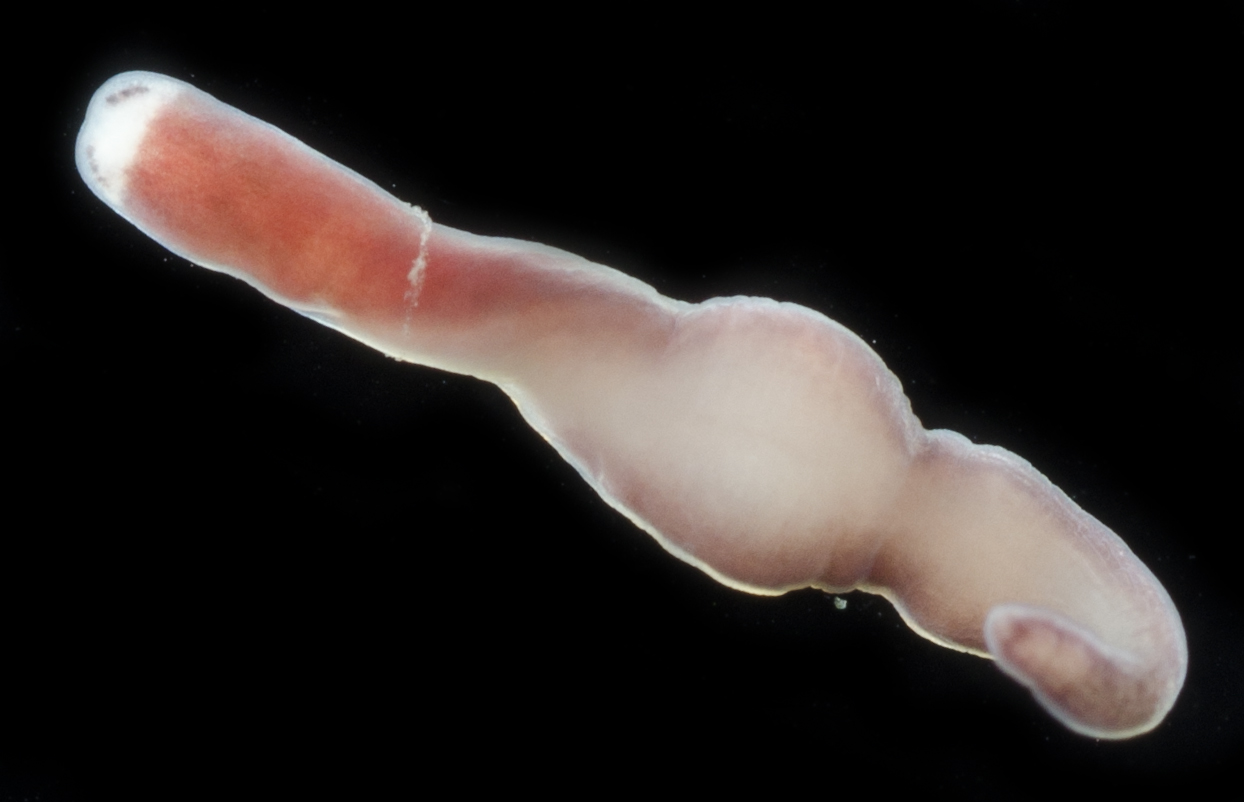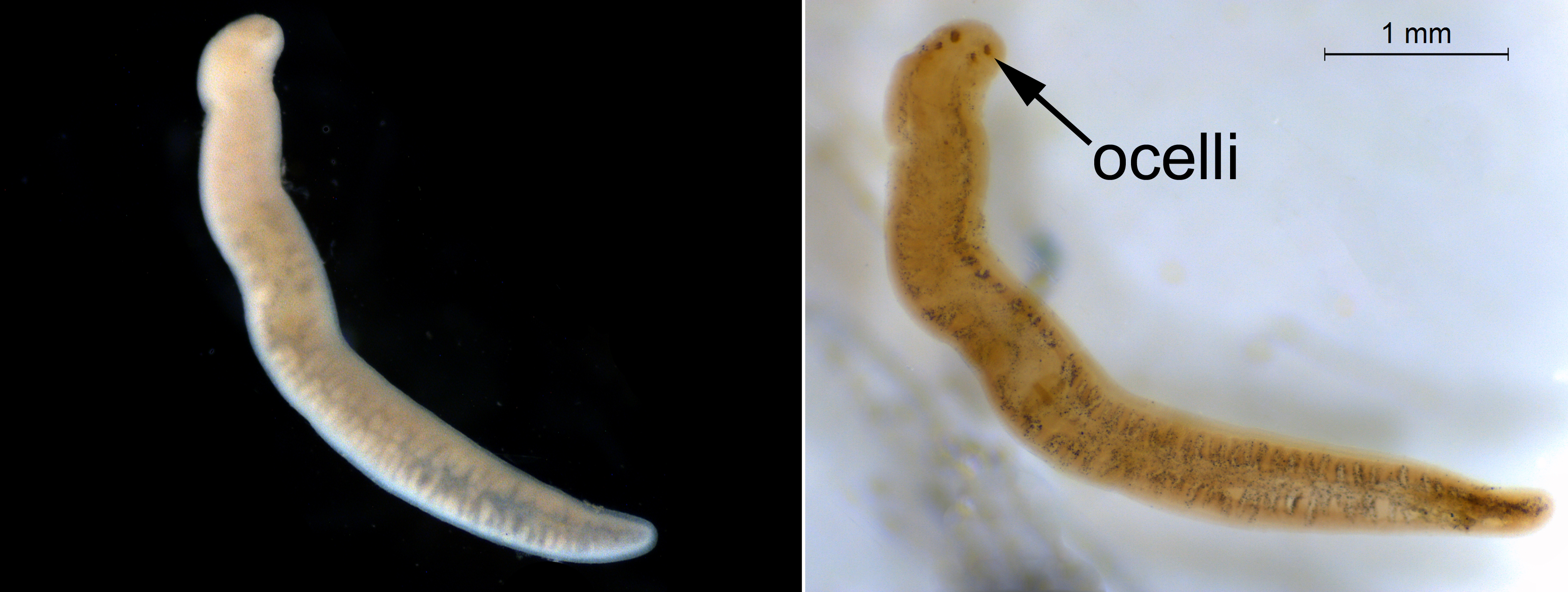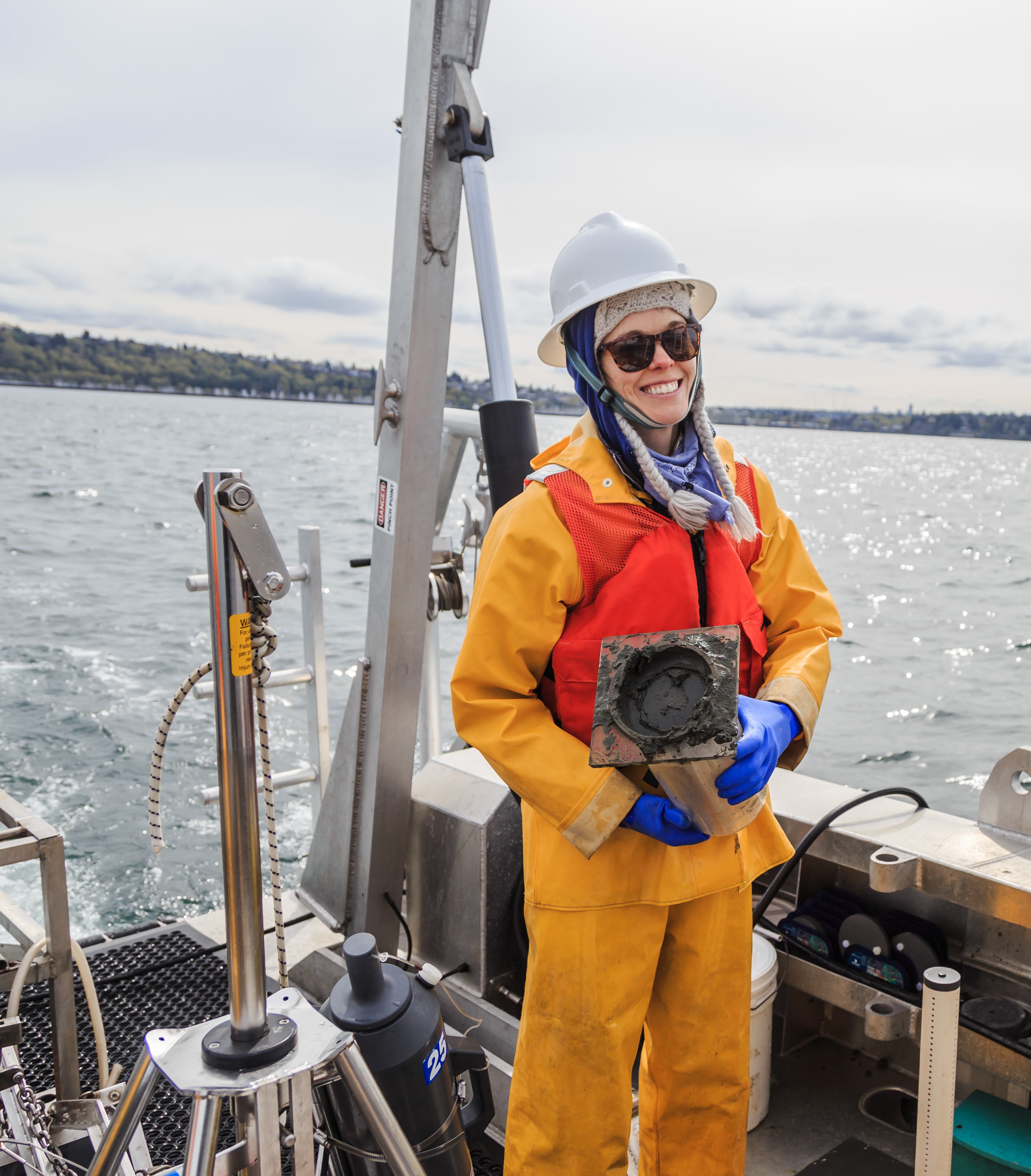Live ribbon worm
Worm wishes
With their flattened, ribbon-like shapes and festive colors, the aptly-named ribbon worms are completely different beasts than the marine segmented worms (polychaetes) that dominate Puget Sound’s muddy bottom. Ribbon worms, or nemerteans, are unsegmented and rubbery-looking, with no obvious external features except gaping mouths and copious amounts of slime.
While this might sound more Nightmare Before Christmas than actual Christmas, they are the gift that keeps on giving in the benthic ecosystem. These worms are eaten by fish, crabs, and seabirds, passing nutrients from the benthos up through Puget Sound’s marine food web. This 1890 illustration by Louis Joubin shows the diversity of colors and patterns in some live ribbon worms.
Tear you to ribbons
Ribbon worms may look peaceful and serene, but they are efficient hunters with specialized adaptations for capturing polychaetes, clams, and crustaceans. Their weapon of choice is the proboscis — a long hollow tube that can be projected outwards, wrapping unsuspecting victims in more than just holiday spirit. Some species even add an extra special delivery on the tip of their proboscis: a harpoon-like stylet that injects paralyzing toxins, making it a silent night for their prey. Insatiable predators, the ribbon worms have been known to attack animals wider than they are, expanding their bodies to swallow large prey whole.
Home stretch
The strong muscles of a ribbon worm’s body wall also enable it to alter its length dramatically, either shrinking up when disturbed (this is how we usually see them in our benthic grab) or stretching out like Silly Putty. These movements, along with the mucus they produce, help them slip effortlessly through the mud. Nature fight! The black ribbon worm in the top right corner has lassoed a polychaete with its long proboscis. Has it bitten off more than it can chew? Photo by Rebecca Kordas; from wallawalla.edu.
Ribbon worms can get impressively long... as in, you could wrap a very large gift with one (I’m not suggesting you actually do this, unless you really don’t like your Secret Santa). Stretched out, the largest species in the world is longer than the blue whale, and even Puget Sound’s largest species can grow to over three feet! Don’t start to panic yet — none are wider than an inch around. No, this live ribbon worm did not pack on the holiday pounds…its body is contracted in the middle, making it look wider. Photo by Gustav Paulay, FLMNH.
Warning: the contents of this package may be confusing
Ribbon worms are a bit of a conundrum for taxonomists… let’s just say, they do not make my spirits bright. Their largely featureless bodies turn into colorless blobs when preserved, and they break apart at the slightest touch. Not to mention, there are a lot of species in Puget Sound — our DNA barcoding project last year turned up 24 distinct species during just a few days of sampling! Some of these may even be undescribed, or new to science.
Winter wonderland
One technique for identifying these challenging animals involves “clearing” their bodies by drying them and dropping them into wintergreen oil. As if by magic, their bodies become transparent so you can see the number and position of their tiny light-detecting eyes, called ocelli, buried deep within their tissues. Left: Preserved Tetrastemma sp. specimen, uncleared. Right: The same specimen, cleared with wintergreen oil.
Even if they do cause taxonomic headaches, I have to admit that identifying them makes the lab smell like the wintry woods, and brings some holiday cheer all year round.
And that, folks, is a wrap.
Critter of the Month
Dany is a benthic taxonomist, a scientist who identifies and counts the sediment-dwelling organisms in our samples as part of our Marine Sediment Monitoring Program. We track the numbers and types of species we see to detect changes over time and understand the health of Puget Sound.
Dany shares her discoveries by bringing us a benthic Critter of the Month. These posts will give you a peek into the life of Puget Sound’s least-known inhabitants. We’ll share details on identification, habitat, life history, and the role each critter plays in the sediment community. Can't get enough benthos? See photos from our Eyes Under Puget Sound collection on Flickr.


